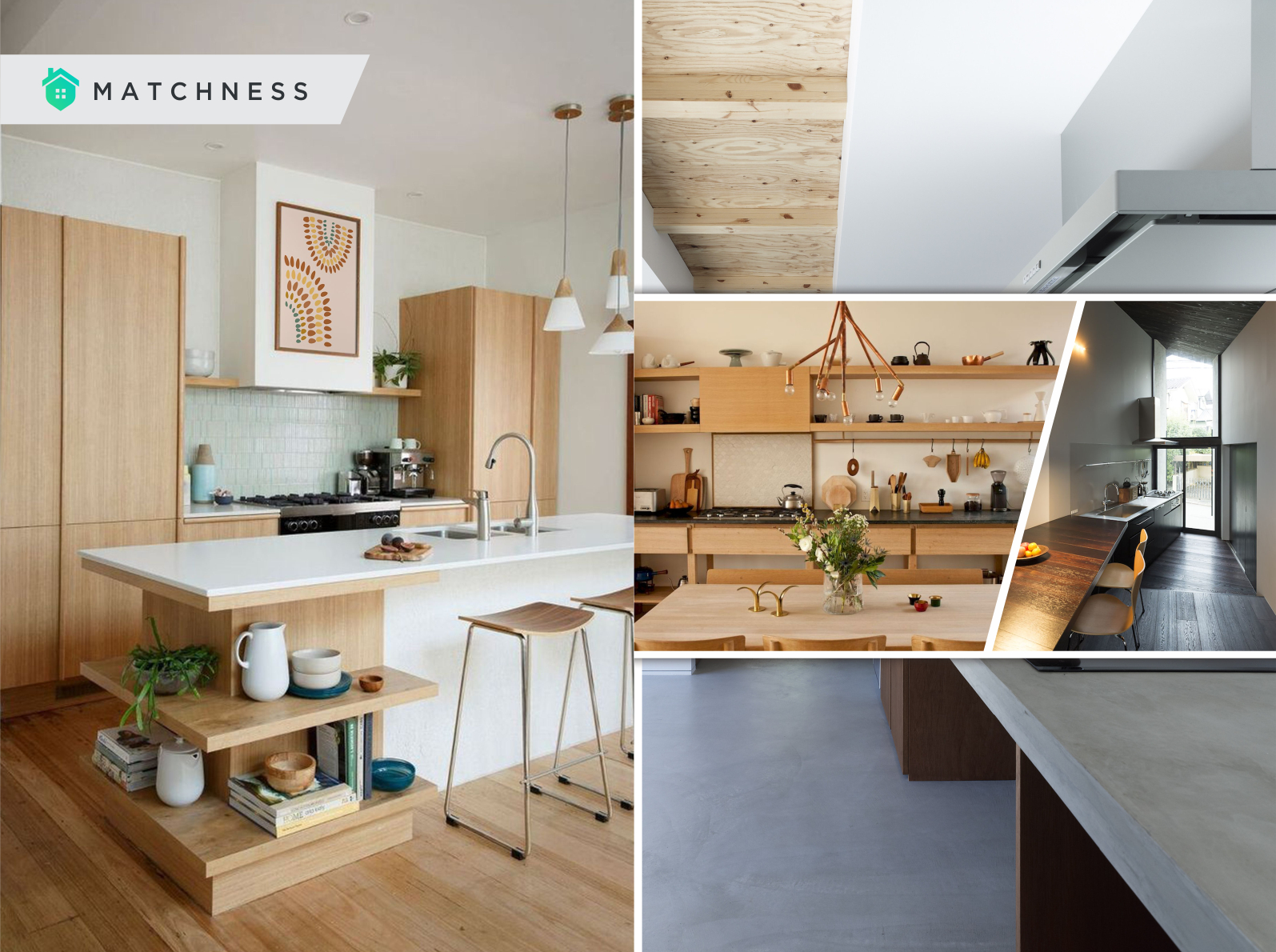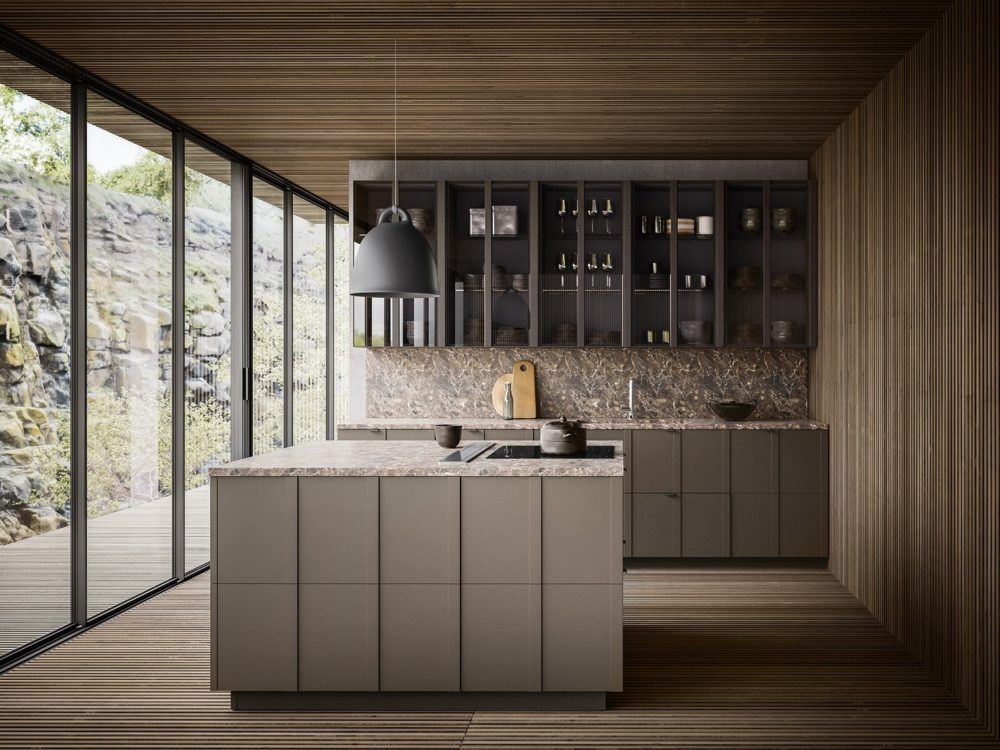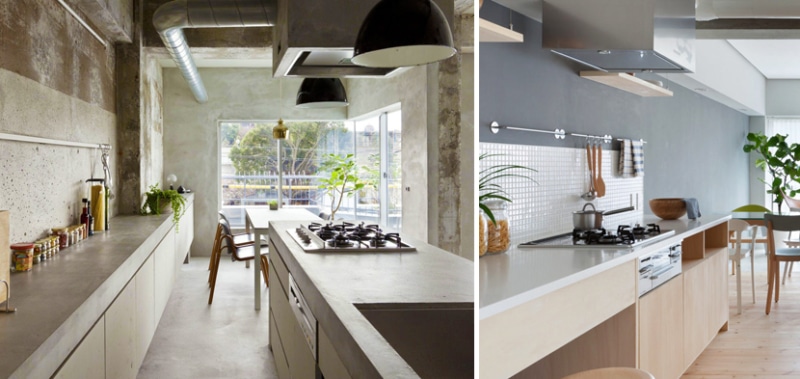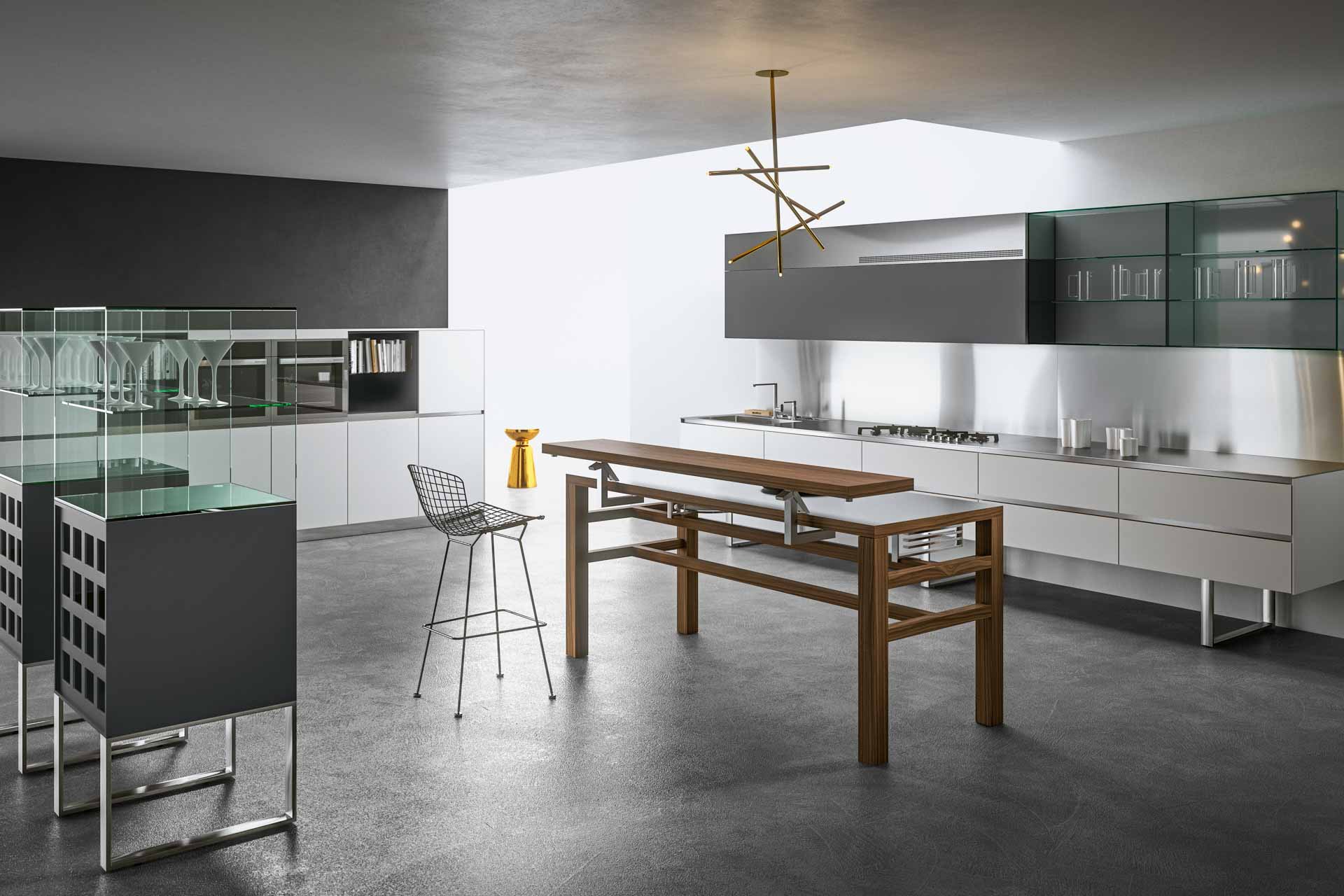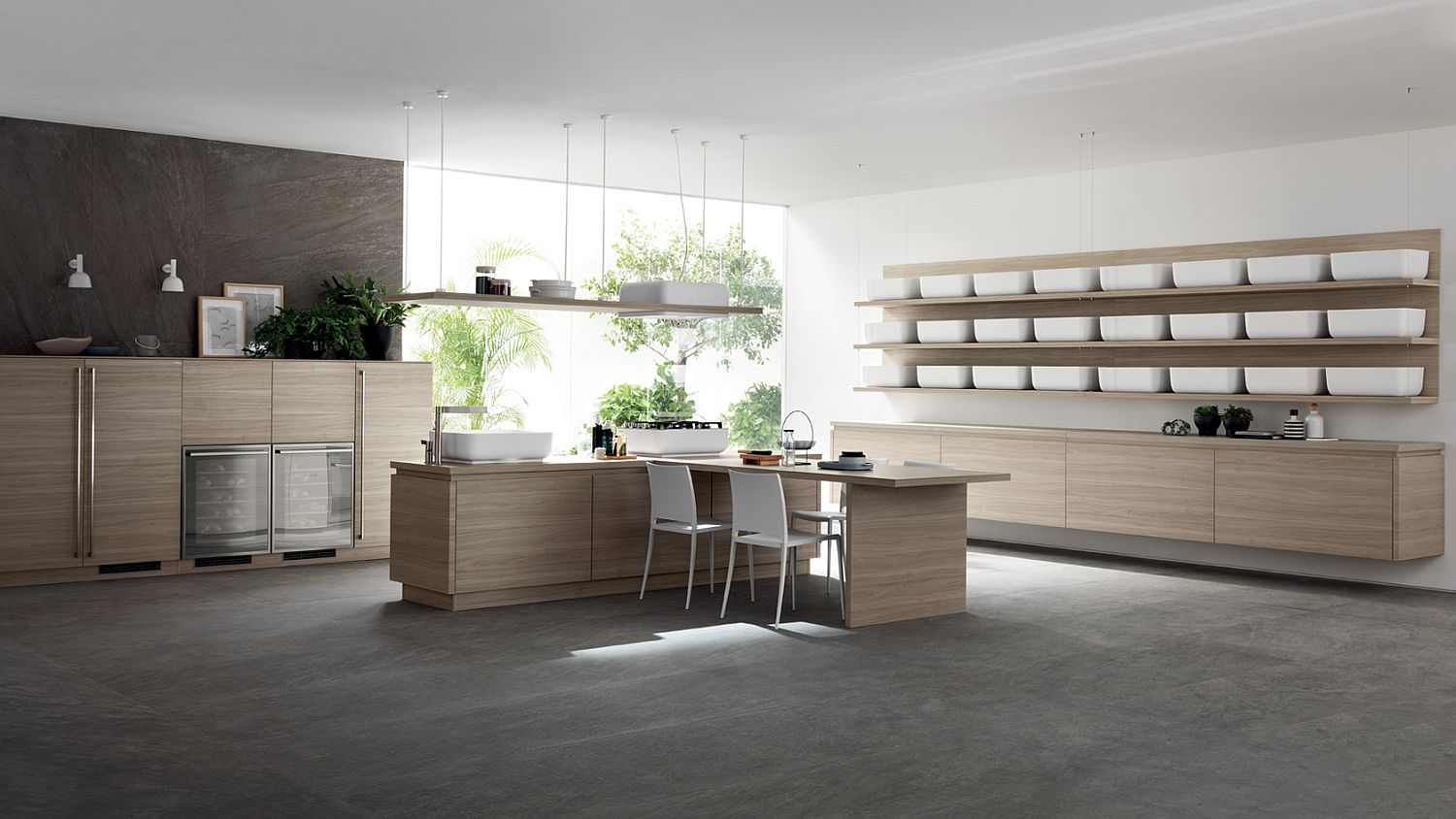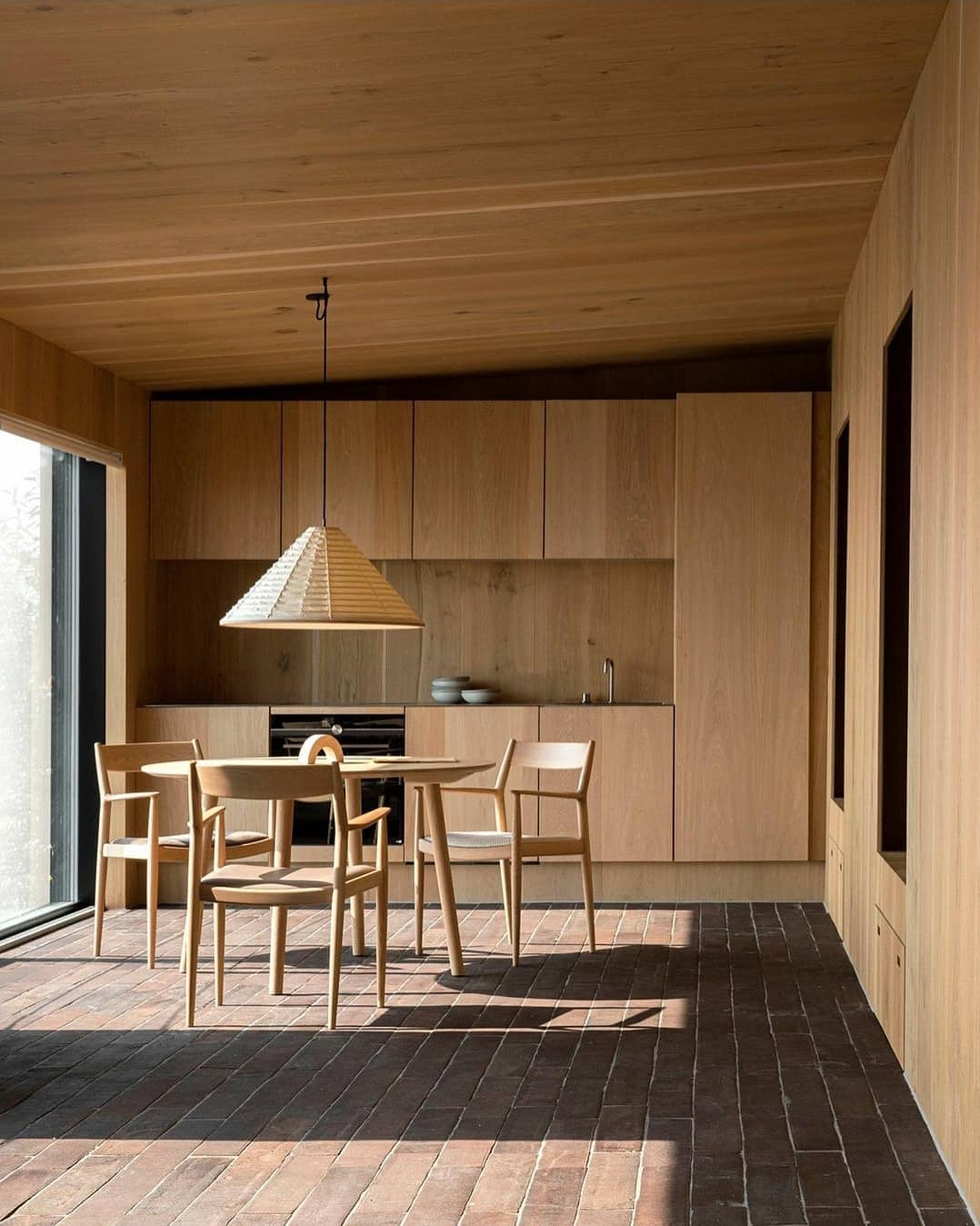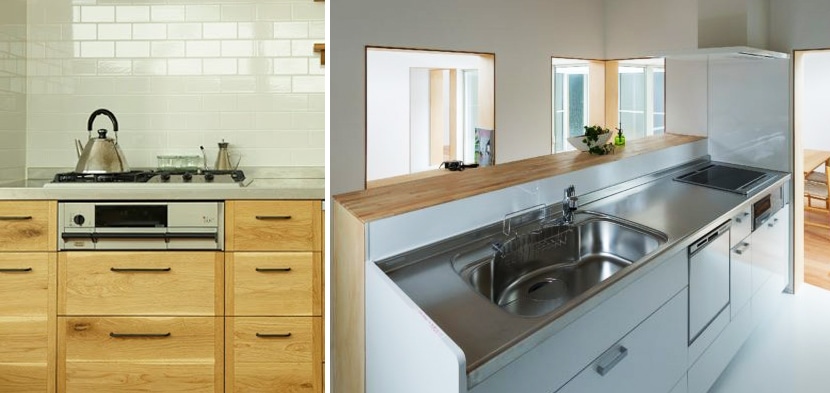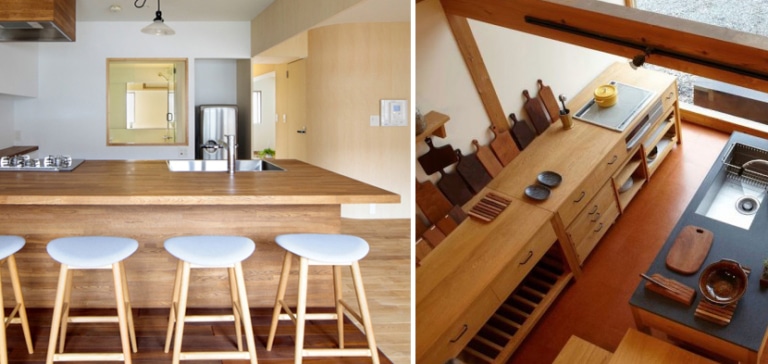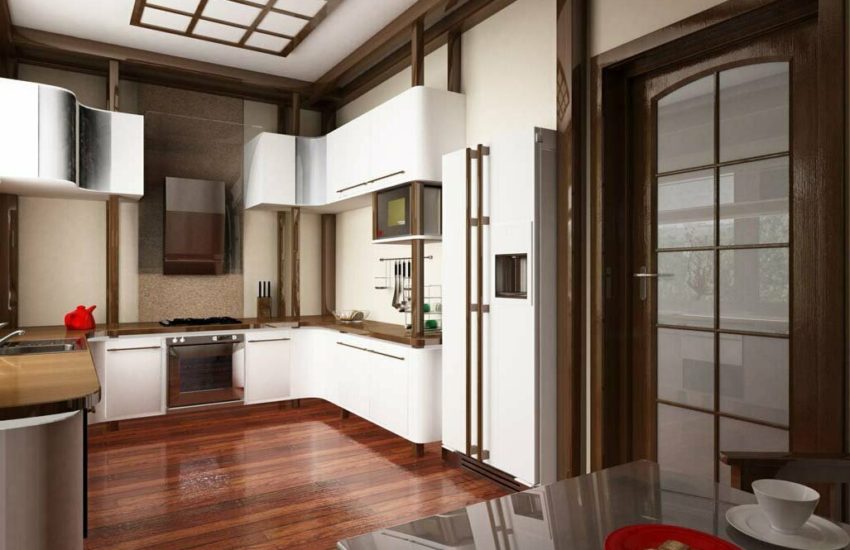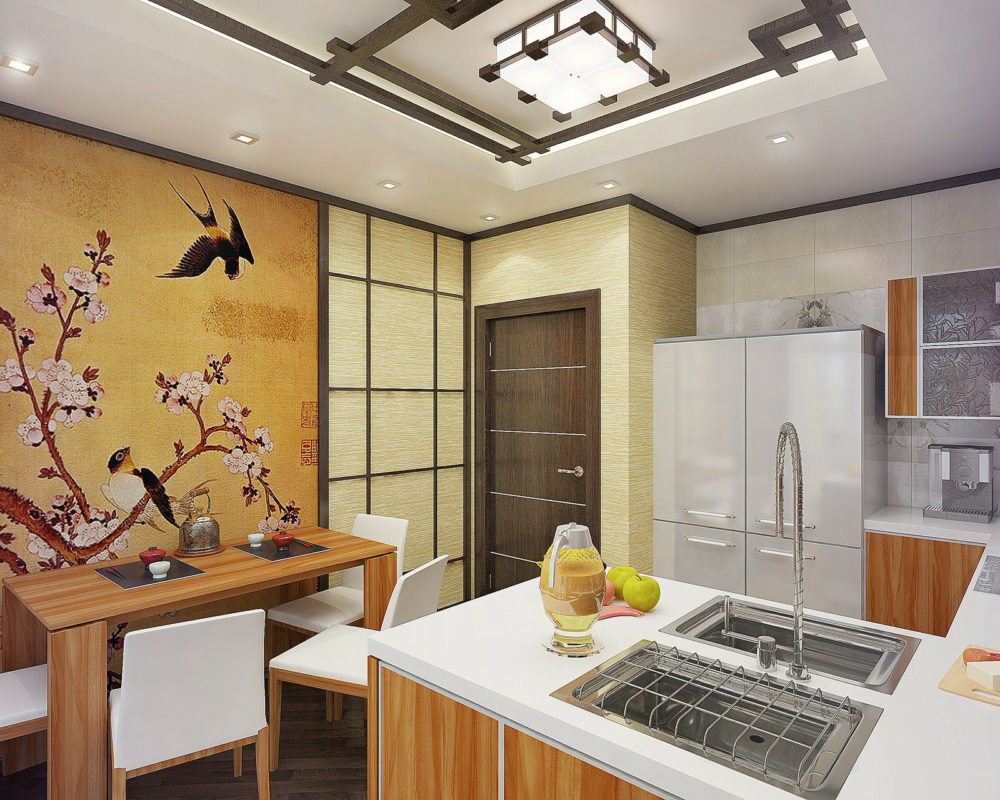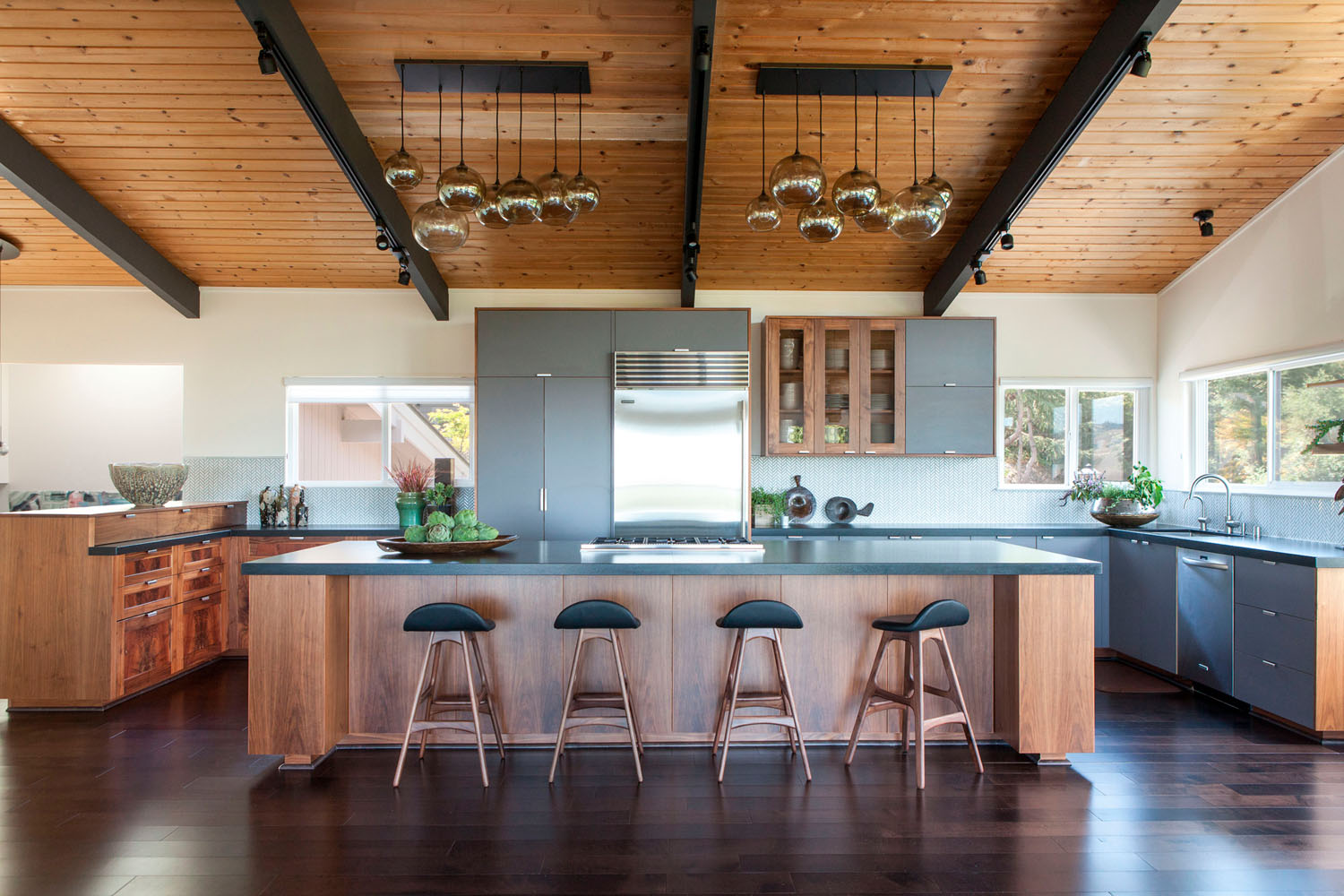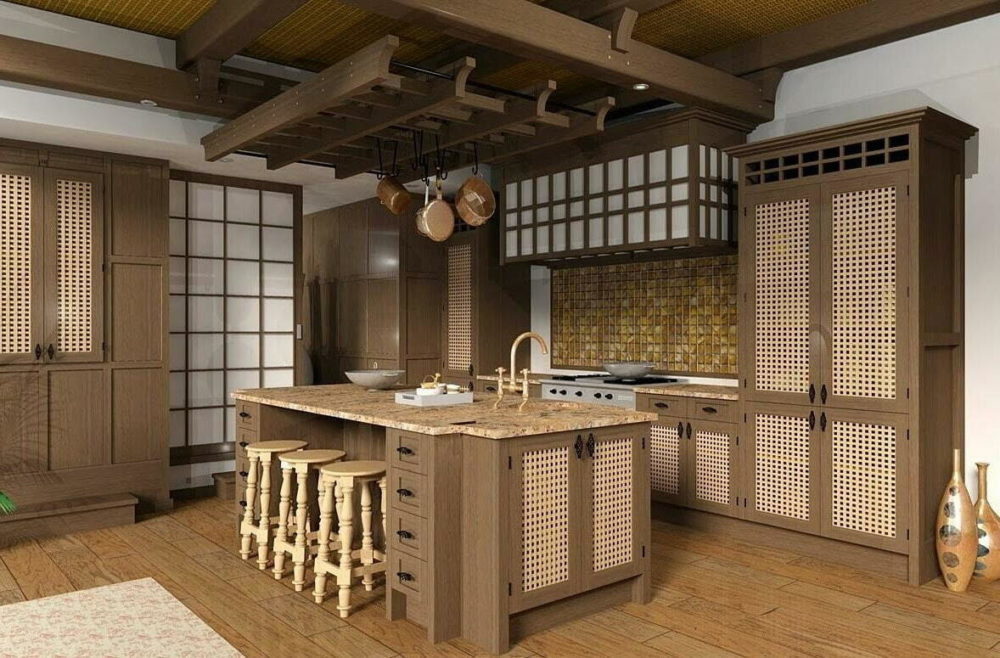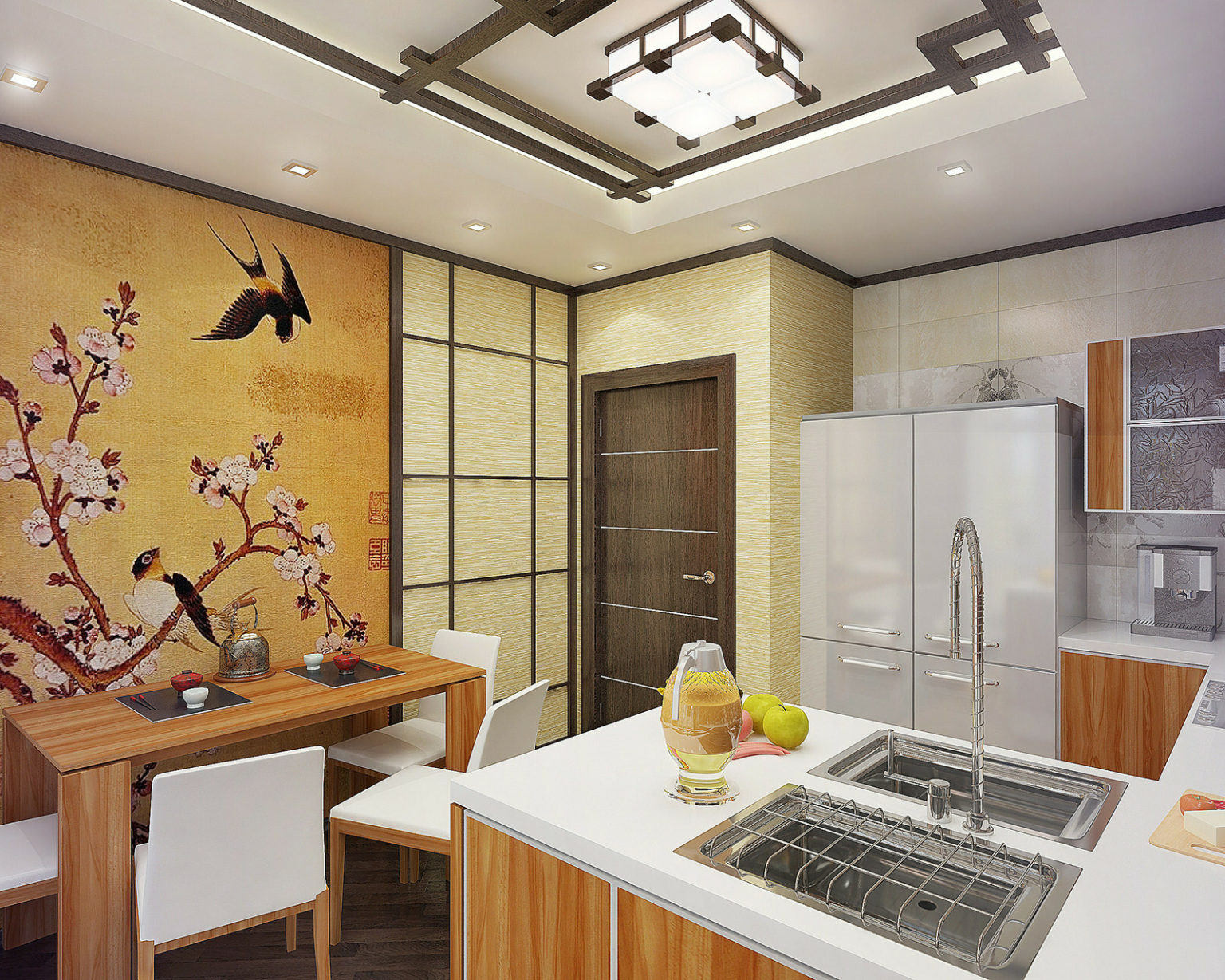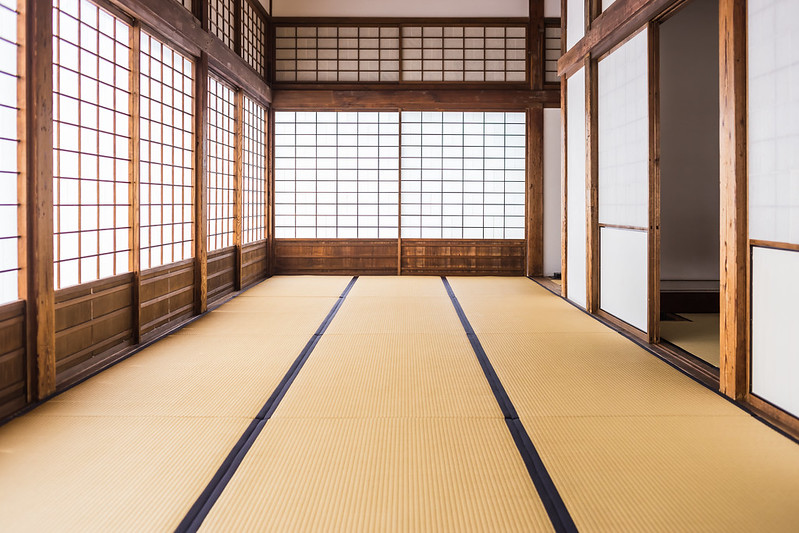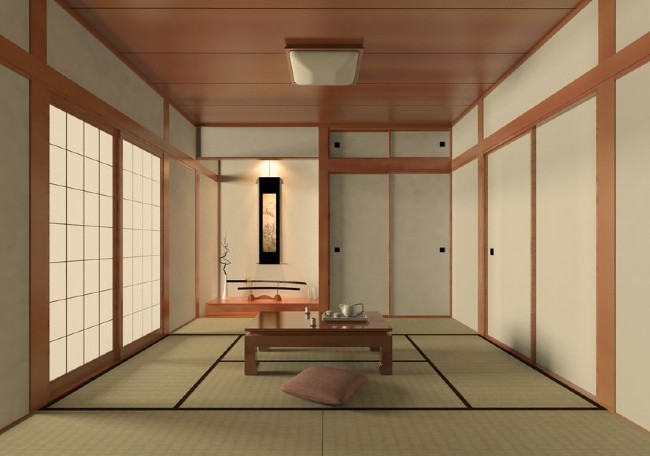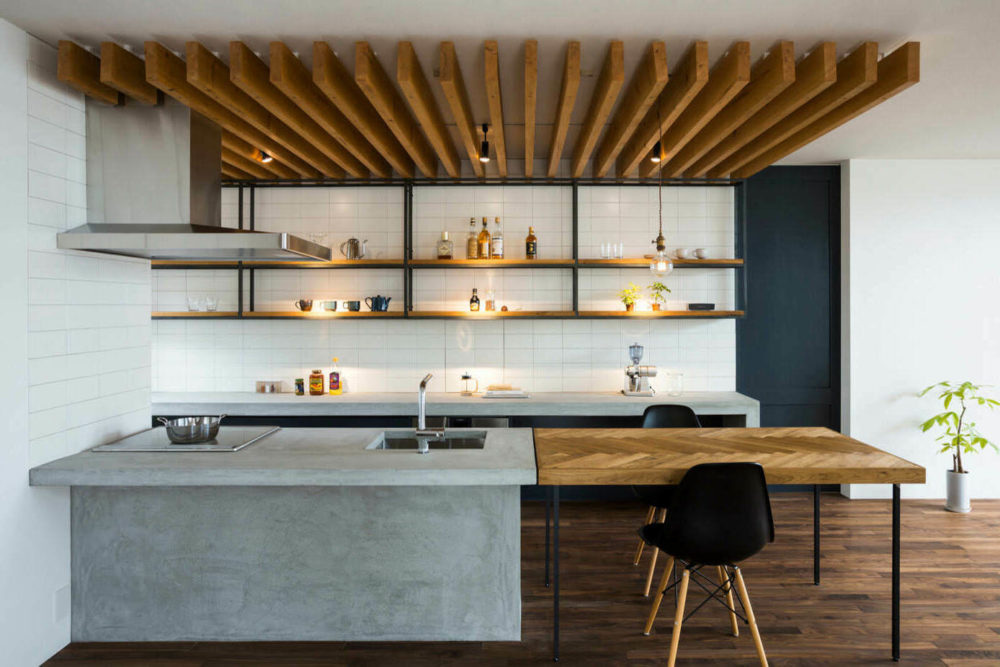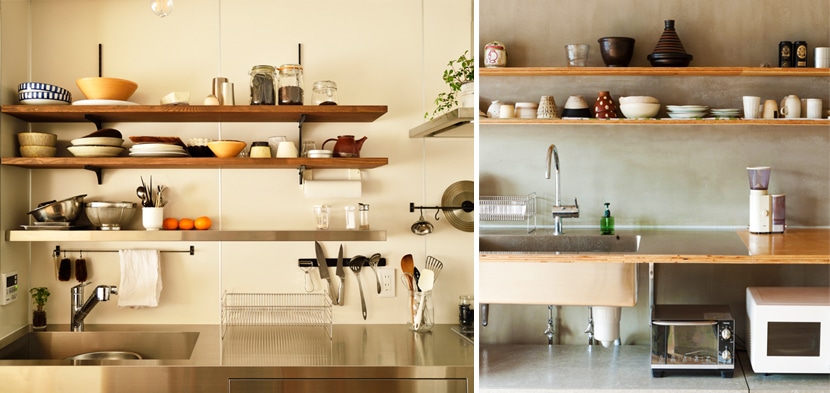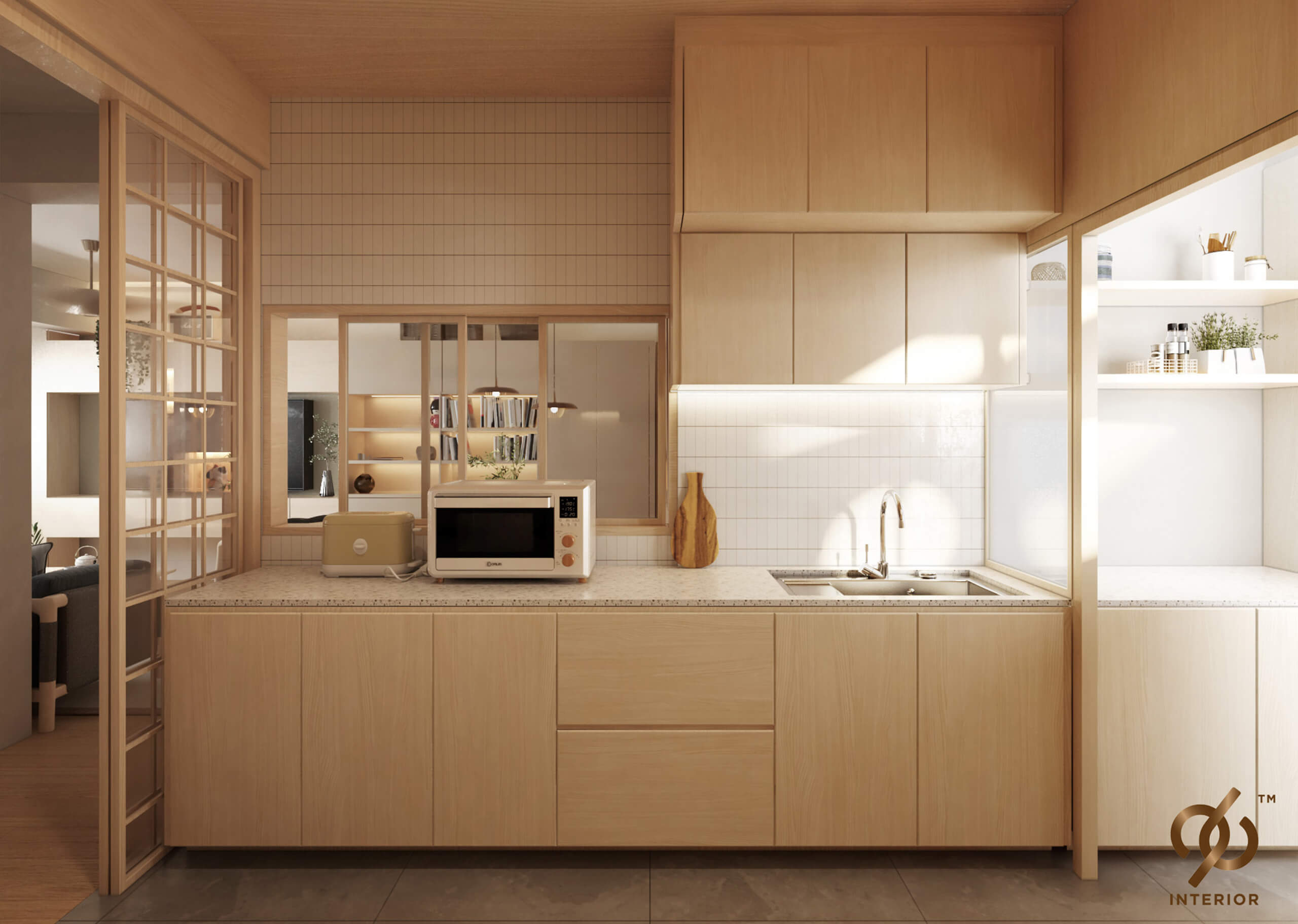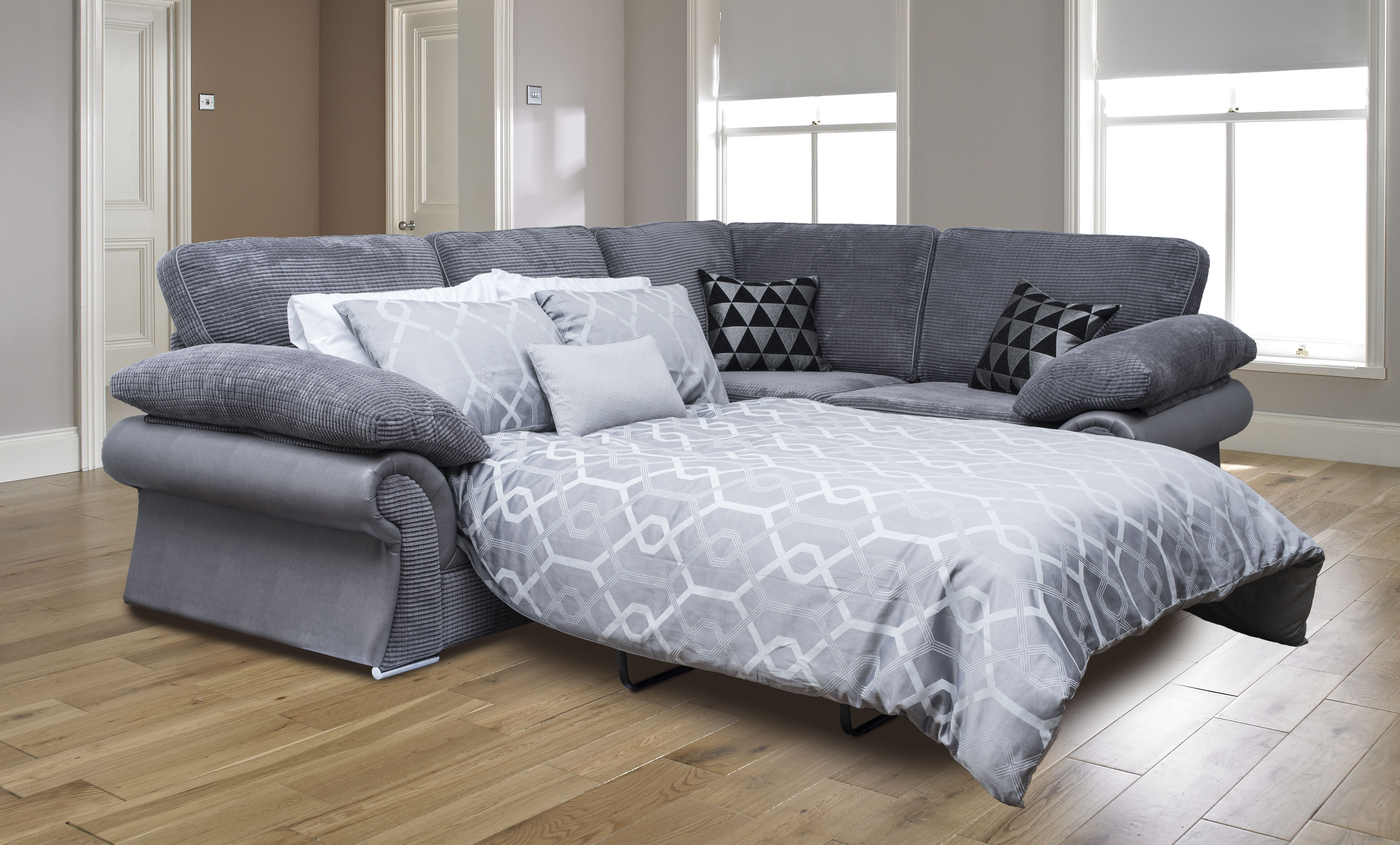If you're looking to create a calm and serene atmosphere in your kitchen, then a minimalist Japanese kitchen design may be just what you need. The key to this style is simplicity, with clean lines and clutter-free surfaces. Minimalism is about less is more, and this design approach focuses on functionality and organization. Incorporating natural materials and a neutral color palette can also enhance the overall aesthetic of your Japanese kitchen design.Minimalist Japanese Kitchen Design Ideas
For those looking to embrace the rich culture and history of Japan, a traditional Japanese kitchen design is the perfect choice. This style is known for its use of natural materials such as wood and stone, and its incorporation of traditional Japanese elements like sliding doors, tatami mats, and fusuma (paper sliding doors). These elements add a touch of zen to the space and create a warm and inviting atmosphere.Traditional Japanese Kitchen Design
If you have a small kitchen, don't worry, you can still achieve a Japanese design aesthetic. Small Japanese kitchens focus on maximizing space and functionality. This can be achieved through clever storage solutions, such as under-counter cabinets and hanging shelves. Another key aspect of a small Japanese kitchen design is minimalism, with a focus on keeping surfaces clutter-free and using natural light to create a sense of openness.Small Japanese Kitchen Design
A modern Japanese kitchen design combines traditional elements with a contemporary aesthetic. This style often features sleek and minimalist designs, with a focus on functionality and high-quality materials. Natural materials such as wood and stone are still prominent in this style, but in a more refined and modern way. Incorporating linear lighting and geometric patterns can also add a touch of modernity to your Japanese kitchen.Modern Japanese Kitchen Design
Natural materials are a key element in Japanese design, and this is especially true in the kitchen. Using materials such as wood, stone, and bamboo can add a touch of nature and warmth to your space. Incorporating these materials in your flooring, countertops, and cabinets can create a cohesive and organic look in your Japanese kitchen design.Japanese Kitchen Design with Natural Materials
Sliding doors, also known as fusuma or shoji, are a staple in Japanese architecture and design. In a kitchen, sliding doors can be used to separate the space from other areas of the home, or to create a flexible and open layout. They also add a touch of tradition and serenity to the space.Japanese Kitchen Design with Sliding Doors
Tatami mats are a traditional type of flooring in Japan, made from rush grass and covered with woven straw. In a kitchen, they can add a touch of nature and texture to the space. They are also soft and comfortable to walk on, making them a great flooring option for a kitchen. Additionally, tatami mats can be used to create a dining area or seating area in your Japanese kitchen design.Japanese Kitchen Design with Tatami Mats
The concept of zen is integral to Japanese design, and incorporating zen elements in your kitchen can create a sense of calm and balance. This can be achieved through the use of natural materials, clean lines, and natural light. Other elements to consider include incorporating a meditation corner or indoor plants to add a touch of tranquility to the space.Japanese Kitchen Design with Zen Elements
Open shelving is a popular trend in kitchen design, and it can work well in a Japanese-inspired kitchen. Open shelving allows you to display your dishes and kitchenware, adding a touch of personalization to the space. It also creates an open and airy look, which is a key aspect of Japanese design.Japanese Kitchen Design with Open Shelving
Last but not least, a minimalist color palette is a must for a Japanese kitchen design. Stick to neutral tones such as white, beige, and light wood to create a sense of simplicity and harmony. You can add a pop of color with small accents or incorporate natural elements like plants to add some contrast to the space. In conclusion, a Japanese kitchen design is all about creating a functional and tranquil space that incorporates natural materials, traditional elements, and a minimalist approach. With these 10 ideas, you can create a beautiful and serene kitchen that embraces the essence of Japanese design.Japanese Kitchen Design with Minimalist Color Palette
The Simplicity and Elegance of Japanese Kitchen Design
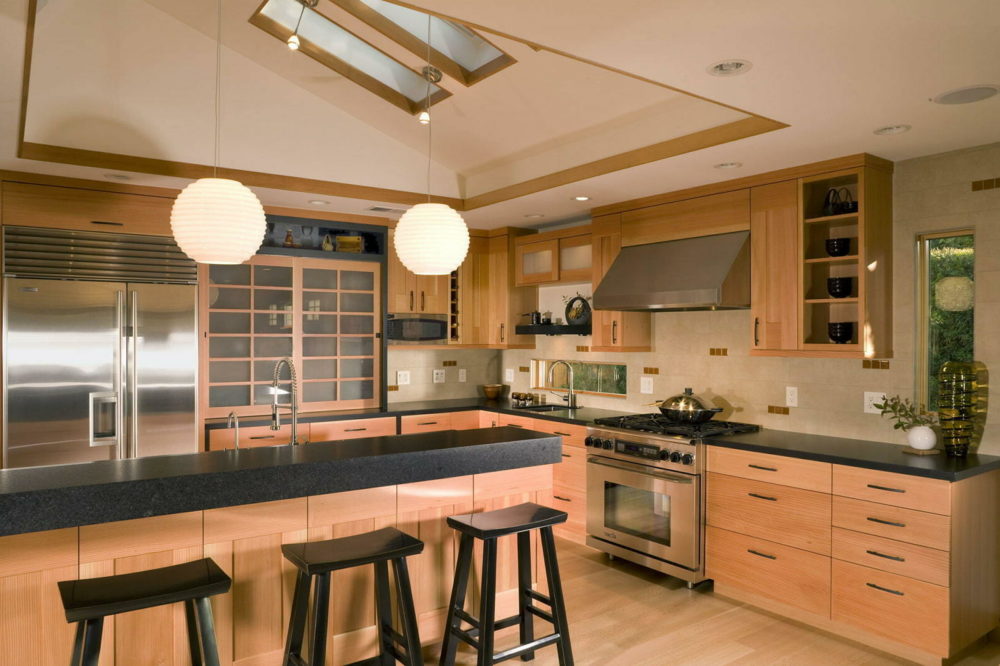
Bringing Minimalism into Your Home
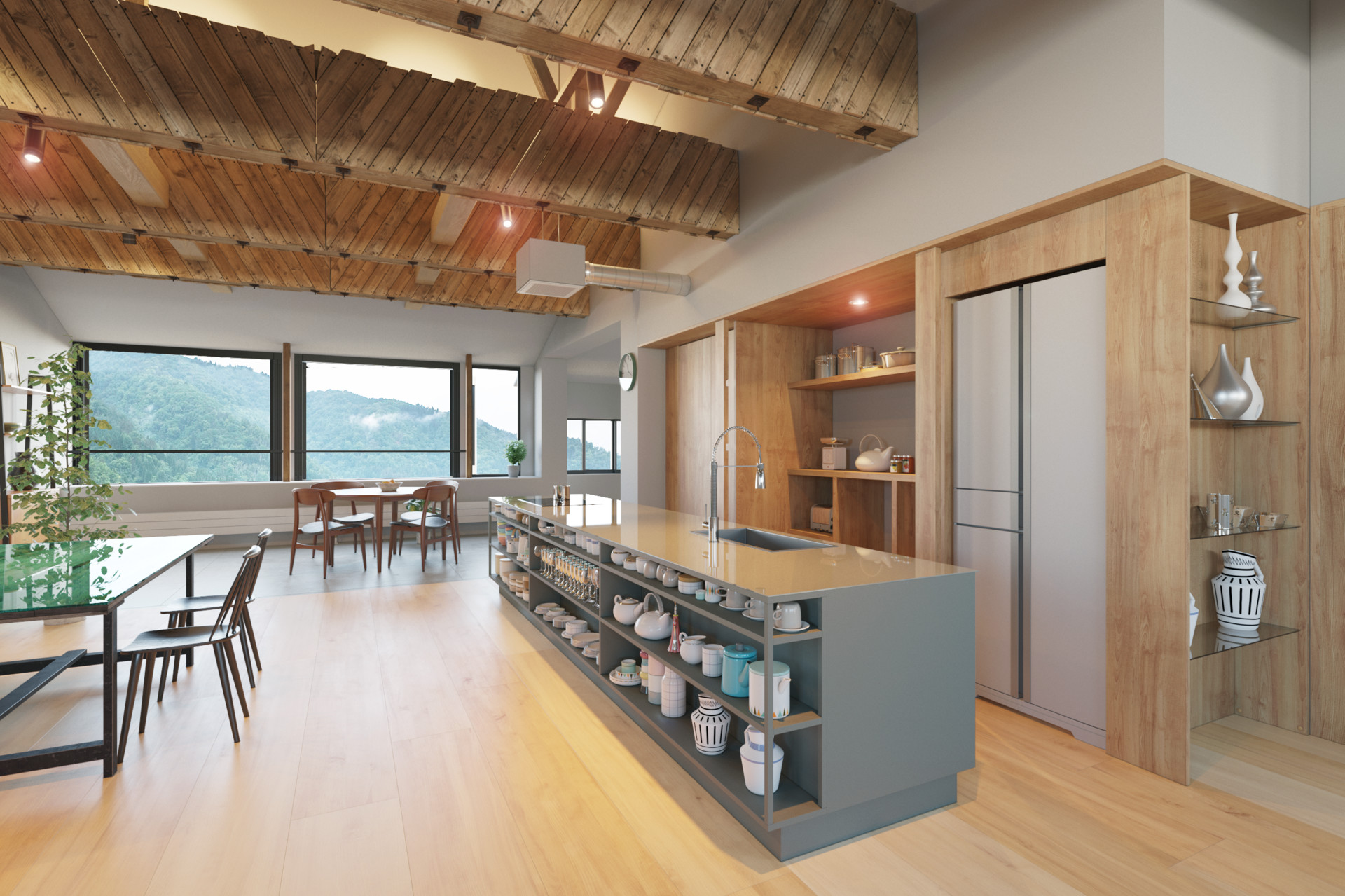 Japanese design is known for its minimalistic and elegant style, and this extends to the kitchen as well. The concept of "less is more" is at the core of Japanese kitchen design, where functionality and simplicity are prioritized over excess and clutter. This approach not only creates a visually appealing and serene space, but also promotes a sense of calm and organization in the kitchen.
Natural Materials and Colors
One of the key elements of Japanese kitchen design is the use of natural materials such as wood, bamboo, and stone. These materials not only add a touch of warmth and texture to the space, but also reflect the connection with nature that is deeply ingrained in Japanese culture.
Neutral colors
such as beige, white, and muted greens and blues are often used to further enhance this natural feel, creating a soothing and harmonious atmosphere.
Japanese design is known for its minimalistic and elegant style, and this extends to the kitchen as well. The concept of "less is more" is at the core of Japanese kitchen design, where functionality and simplicity are prioritized over excess and clutter. This approach not only creates a visually appealing and serene space, but also promotes a sense of calm and organization in the kitchen.
Natural Materials and Colors
One of the key elements of Japanese kitchen design is the use of natural materials such as wood, bamboo, and stone. These materials not only add a touch of warmth and texture to the space, but also reflect the connection with nature that is deeply ingrained in Japanese culture.
Neutral colors
such as beige, white, and muted greens and blues are often used to further enhance this natural feel, creating a soothing and harmonious atmosphere.
Efficient Use of Space
 Japanese kitchens are designed to be functional and efficient, with every inch of space utilized to its full potential. This is especially important in smaller homes and apartments where space is limited.
Multipurpose furniture
and
built-in storage solutions
are commonly used to maximize space and keep the kitchen clutter-free. Additionally, the layout of a Japanese kitchen is carefully planned to ensure easy movement and access to all necessary items while cooking.
Japanese kitchens are designed to be functional and efficient, with every inch of space utilized to its full potential. This is especially important in smaller homes and apartments where space is limited.
Multipurpose furniture
and
built-in storage solutions
are commonly used to maximize space and keep the kitchen clutter-free. Additionally, the layout of a Japanese kitchen is carefully planned to ensure easy movement and access to all necessary items while cooking.
The Beauty of Simplicity
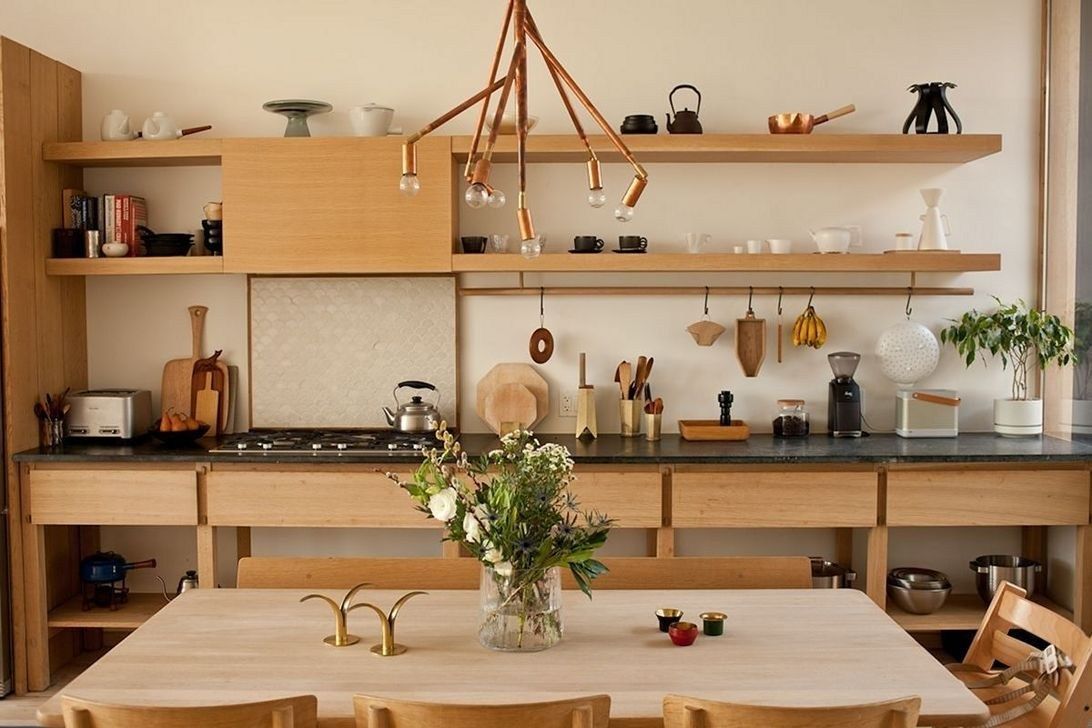 In Japanese kitchen design, less is definitely more. The concept of
ma
, which means "negative space", is a fundamental principle in Japanese design and is applied to the kitchen as well. This means that empty space is just as important as filled space, and every element in the kitchen is carefully chosen and placed to create a sense of balance and harmony. This minimalist approach not only creates a visually appealing space, but also promotes a sense of
tranquility
and
mindfulness
while cooking and preparing meals.
In Japanese kitchen design, less is definitely more. The concept of
ma
, which means "negative space", is a fundamental principle in Japanese design and is applied to the kitchen as well. This means that empty space is just as important as filled space, and every element in the kitchen is carefully chosen and placed to create a sense of balance and harmony. This minimalist approach not only creates a visually appealing space, but also promotes a sense of
tranquility
and
mindfulness
while cooking and preparing meals.
Bringing Japan into Your Home
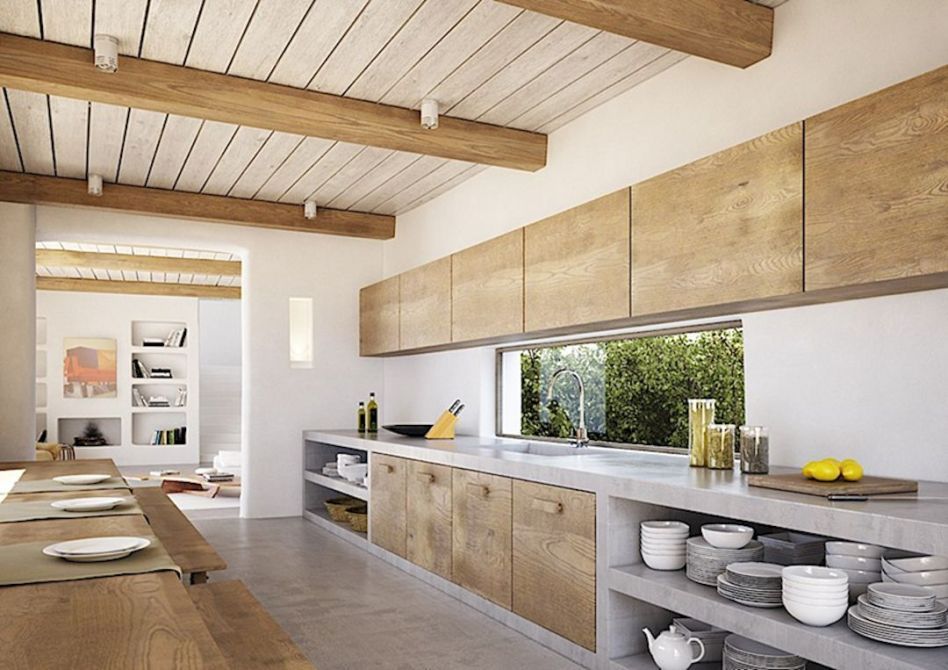 Incorporating Japanese design elements into your kitchen can bring a sense of
serenity
and
sophistication
to your home. From the use of natural materials and colors to efficient use of space and minimalistic approach, Japanese kitchen design can transform your kitchen into a calm and functional space that reflects the beauty and simplicity of Japanese culture.
Incorporating Japanese design elements into your kitchen can bring a sense of
serenity
and
sophistication
to your home. From the use of natural materials and colors to efficient use of space and minimalistic approach, Japanese kitchen design can transform your kitchen into a calm and functional space that reflects the beauty and simplicity of Japanese culture.
In Conclusion
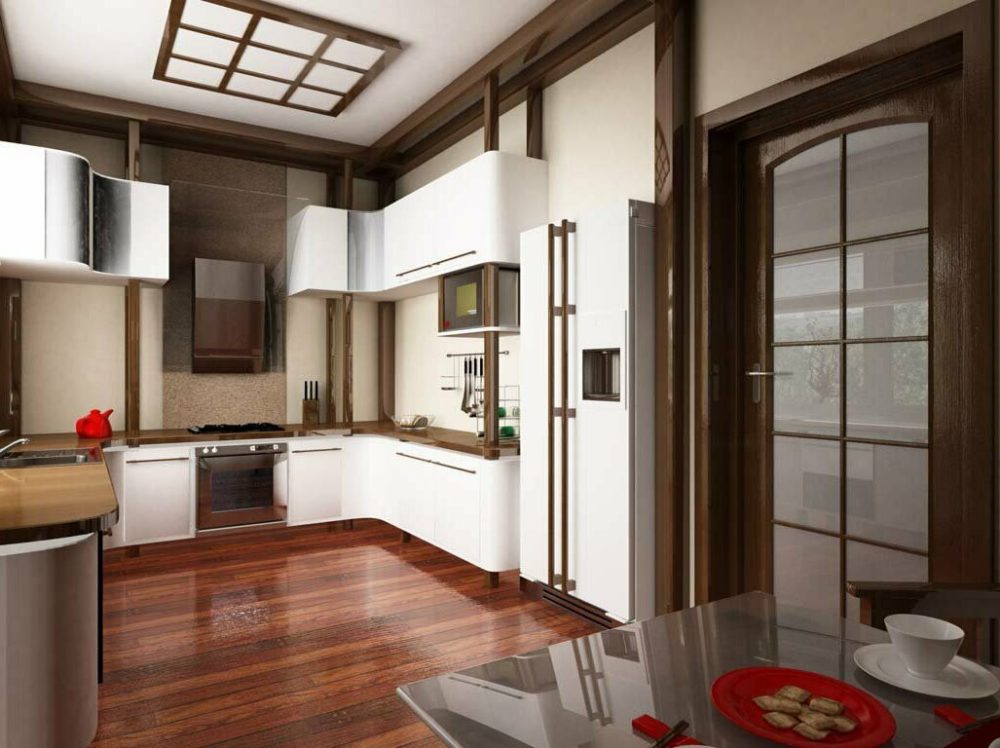 Japanese kitchen design is a perfect blend of functionality, simplicity, and elegance. With its emphasis on natural materials, efficient use of space, and minimalist approach, it creates a harmonious and calming atmosphere in the heart of the home. By incorporating these elements into your own kitchen, you can bring a touch of Japan into your daily life and elevate your cooking and dining experience.
Japanese kitchen design is a perfect blend of functionality, simplicity, and elegance. With its emphasis on natural materials, efficient use of space, and minimalist approach, it creates a harmonious and calming atmosphere in the heart of the home. By incorporating these elements into your own kitchen, you can bring a touch of Japan into your daily life and elevate your cooking and dining experience.





